When it comes to comparing aircraft maintenance quotes, you should be more concerned about what is not listed than what is.
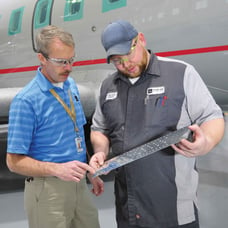 When comparing maintenance quotes from different MRO (maintenance, repair, and overhaul) facilities, there are a staggering number of variables to consider. It is always unwise to assume the final number on each proposal represents the same level of detail. You should always be asking, ‘What does the quote include?’
When comparing maintenance quotes from different MRO (maintenance, repair, and overhaul) facilities, there are a staggering number of variables to consider. It is always unwise to assume the final number on each proposal represents the same level of detail. You should always be asking, ‘What does the quote include?’
To help make this process easier, we have compiled a list of questions and discussion points to help you get the details behind the numbers. This is not an all-inclusive list, but it is a great place to begin.
Here are some things to begin the proposal conversation with your sales rep.
Airframe
- Is the interior R&R included? This is often required to gain access below the cabin floor.
- What about paint touch-up? And if so, is touch-up completed by spray or brush?
- Are there state taxes on parts and labor? Consumables and freight charges? Are they included?
- Are support services like NDT, machining services, hydrostatic testing, included?
- Is tool rental included or an additional charge?
Avionics
- Are engineering fees included?
- Are any additional mods required to complete the workscope, like relocating antennae?
- Does the proposal include just the baseline package or does it outline optional features of the system being installed?
- Is the MRO including other recommended options based on feedback from other operators who have installed the system?
Paint
 The number of variables that impact a quote for paint and interior completions work is nearly inexhaustible.
The number of variables that impact a quote for paint and interior completions work is nearly inexhaustible.
- In addition to the base paint quote, does the proposal include painting the entry air stair?
- Does that include replacing the step tread or masking around it?
- How many stripes and stripe colors are included?
- Are metallic stripes an up-charge?
- Is there design support if the paint scheme is changing?
- What are the options if you request a custom or second base color, wing color, tail color, or logo?
- Is painting of the wheels and landing gear included?
- What is the warranty?
Interior
Aircraft interiors is an area where it can be difficult to gauge the extra effort and care that might go into the project but that isn’t clearly represented by a number. Clarify if your interior proposal includes:
- Is the foam replaced during the seat upholstery or just the dress covers?
- What type of material is being quoted for upholstery of the divan, leather or fabric?
- Is rewebbing of the seatbelts included in the upholstery of the seats and divan?
- If it is a partial interior, and the leather color is changing, are all the leather items quoted for recovery (curtains, entry door shrouds, lavatory seat, etc.)?
- Is the carpet being replaced hand-made or machine-made? Is the carpet pad being replaced and if so, is the new pad being installed equivalent to the existing pad or does it provide additional thermal or acoustical qualities?
Engine
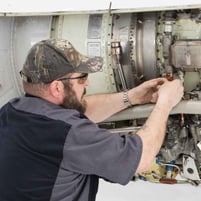 Always provide your logbooks up front. Doing so will get you an accurate quote on Service Bulletins, life-limited component replacements, and required Airworthiness Directives.
Always provide your logbooks up front. Doing so will get you an accurate quote on Service Bulletins, life-limited component replacements, and required Airworthiness Directives.
For non-program engines determine what level of service is being quoting. If only quoted the lowest minimums available for the engine, you can bet you will end up paying more in the end. Always ask the MRO to be up front about the expected expenses and the parts and other components that typically need replacement.
In addition to the base engine overhaul price, ask if the quote includes:
- Service Bulletin status
- Life-limited component replacement
- Airworthiness Directives
- Shipping charges
- Discrepancies
Landing Gear
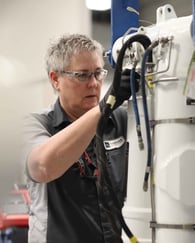 Landing gear quotes can be offered in a variety of pricing structures. NTE (Not To Exceed) is the most popular and the structure used most often at Duncan Aviation. With NTE, you are provided with the maximum quote and an assurance your final bill will not exceed that quote. Often, the final bill is under the NTE price.
Landing gear quotes can be offered in a variety of pricing structures. NTE (Not To Exceed) is the most popular and the structure used most often at Duncan Aviation. With NTE, you are provided with the maximum quote and an assurance your final bill will not exceed that quote. Often, the final bill is under the NTE price.
Other options are Firm Fixed and Standard. With Firm Fixed, you are provided with the final bill before your gear arrives. It comes with a no bill-back guarantee, regardless of the condition of the gear. Standard Pricing includes all labor required to perform the normal inspection or overhaul and required parts. Any discrepancies found during the inspection that require additional parts and labor will be quoted over and above.
Whichever pricing structure you select, pay close attention to the exclusions on the contract. They can add extensive additional costs not included in the quote. These include additional customer requests, optional Service Bulletins, missing or abused parts, replacement of life-limited parts, and engineering fees, if required.
When reviewing your landing gear proposal, ask the following:
- Does it include shipping costs for outsourced components?
- Are parts or other special programs included in the pricing?
- What are the contract exclusions?
- What parts are considered over and above?
- Are discrepancy and repair costs included in the labor flat rate?
You Play A Part
Evaluating the many quotes an operator receives in the course of preparing for an aircraft service event can be an overwhelming experience.
Ultimately, the success and satisfaction of a maintenance event is a team effort. You are as much a part of the team and its success as we are.
Bottom line…call and allow us the opportunity to walk you through the quote so you can better understand the proposal details as well as the ultimate workscope.


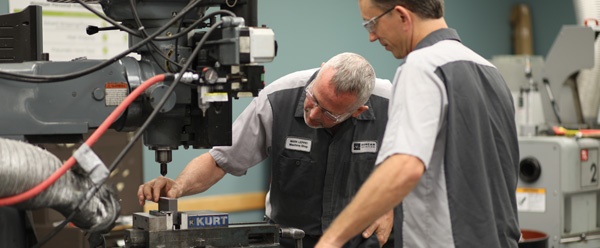
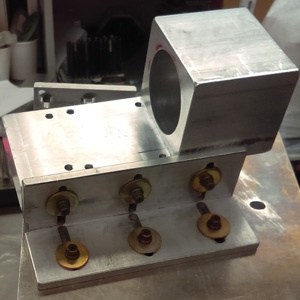 Most recently, Lead Machinist Mark Leppky and Master Machinist Todd Hoffman took the tooling on the road. The end-customer, an air ambulance operator based in South America, needed the quickest repair possible.
Most recently, Lead Machinist Mark Leppky and Master Machinist Todd Hoffman took the tooling on the road. The end-customer, an air ambulance operator based in South America, needed the quickest repair possible.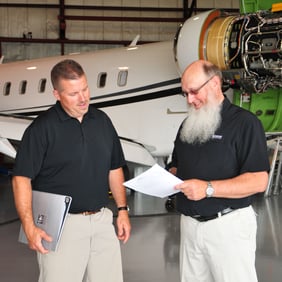 “My project manager is always a great resource, customer driven and a huge advocate. I’ve worked with members of the sales team, tech reps, airframe, engine, interior and avionics technicians and they’re all great people. Duncan Aviation team members treat our aircraft like it was their own. It is reassuring to me when I drop the aircraft off for maintenance that it will be maintained to the same level or better than I would accomplish. I could probably write a book about all of the positive interactions I’ve had with Duncan Aviation representatives.”
“My project manager is always a great resource, customer driven and a huge advocate. I’ve worked with members of the sales team, tech reps, airframe, engine, interior and avionics technicians and they’re all great people. Duncan Aviation team members treat our aircraft like it was their own. It is reassuring to me when I drop the aircraft off for maintenance that it will be maintained to the same level or better than I would accomplish. I could probably write a book about all of the positive interactions I’ve had with Duncan Aviation representatives.”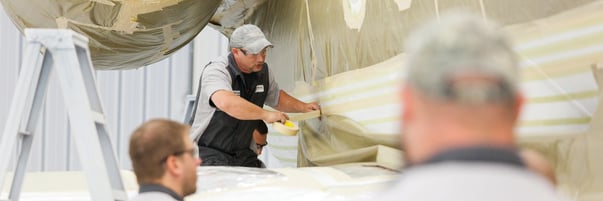
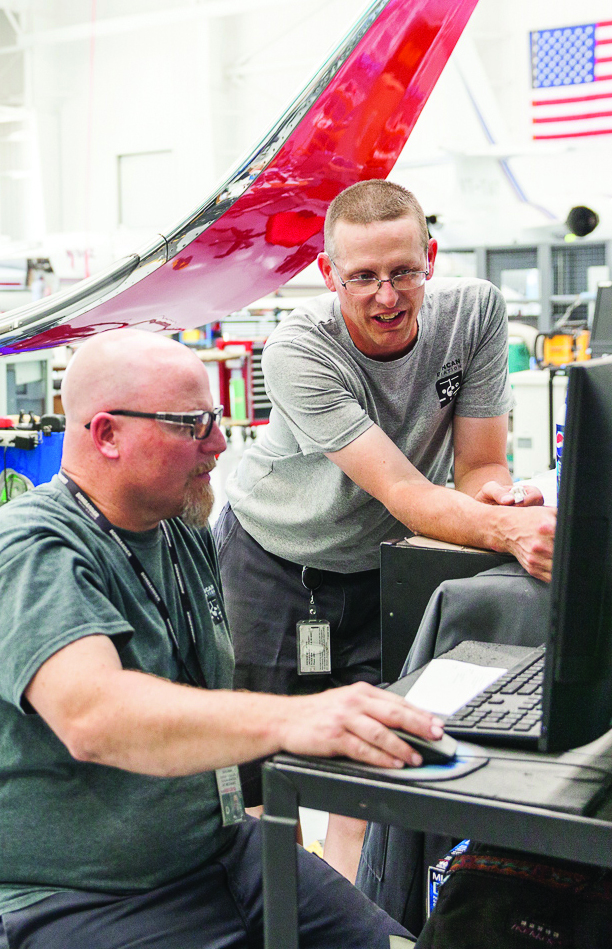
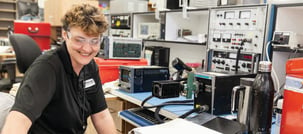 We routinely push the envelope on schedule and challenge our technicians to push themselves while not sacrificing safety and quality. Customers are pleased with the results, and even more like that we meet the out-dates we promise. Nine of 10 report that their aircraft project was completed on time with no budgetary surprises.
We routinely push the envelope on schedule and challenge our technicians to push themselves while not sacrificing safety and quality. Customers are pleased with the results, and even more like that we meet the out-dates we promise. Nine of 10 report that their aircraft project was completed on time with no budgetary surprises.

.jpg?width=175&name=IMG_7238%20(Small).jpg) There are 1,500 plank screws in the wings of a Falcon 900 aircraft, and 2,100 in the wings of a Falcon 7X. Every time a plank needs to be removed for inspection, all screws must come out, get cleaned, and replaced in their original positions. The whole process is labor-intensive and used to take more than 40 labor hours to complete. But no longer…
There are 1,500 plank screws in the wings of a Falcon 900 aircraft, and 2,100 in the wings of a Falcon 7X. Every time a plank needs to be removed for inspection, all screws must come out, get cleaned, and replaced in their original positions. The whole process is labor-intensive and used to take more than 40 labor hours to complete. But no longer… 39-year-old Chuck Zahnow is an Airframe Technical Representative for Duncan Aviation in Battle Creek, MI. His great uncle worked on aircraft during WWII and he thought that would be a good path to follow.
39-year-old Chuck Zahnow is an Airframe Technical Representative for Duncan Aviation in Battle Creek, MI. His great uncle worked on aircraft during WWII and he thought that would be a good path to follow.
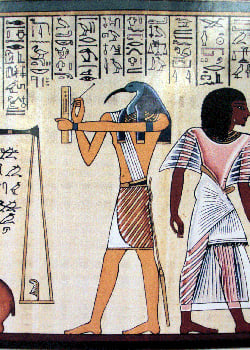 Hanging in Duncan Aviation's Calibration Services Lab is a poster about the History of the Egyptian Cubit. It depicts the beginning of tool calibration more than 5,000 years ago. Many similarities to modern calibrations still remain.
Hanging in Duncan Aviation's Calibration Services Lab is a poster about the History of the Egyptian Cubit. It depicts the beginning of tool calibration more than 5,000 years ago. Many similarities to modern calibrations still remain.






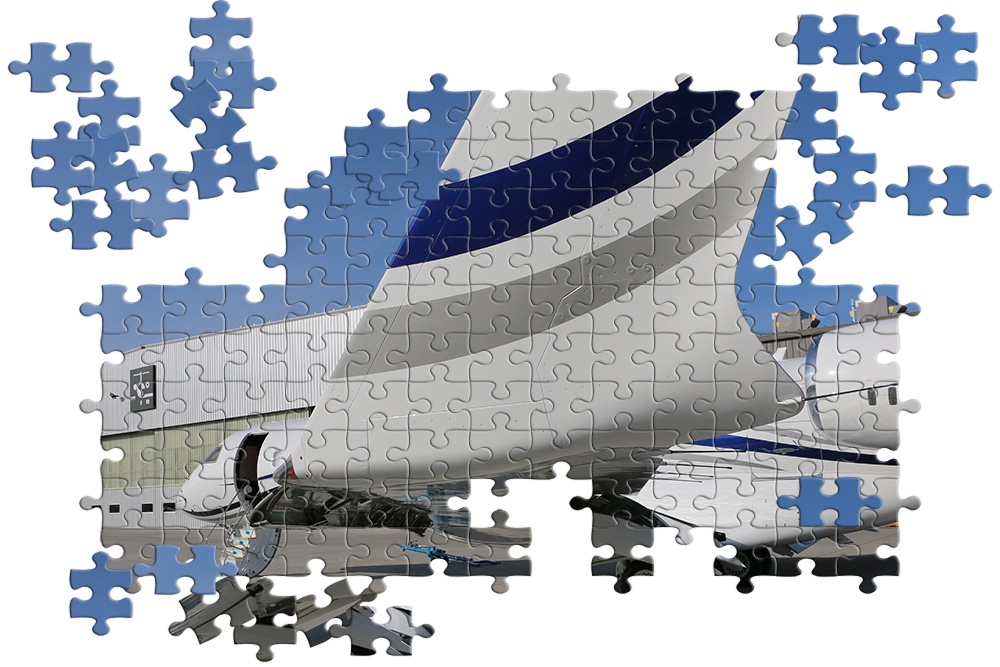 Ever put together a 1,000 piece puzzle? How about one with no straight-edges or picture on the box? What if you only had a couple of hours to finish and the pieces kept changing shape? Sounds a little daunting, if not impossible doesn’t it. Yet this is a daily scenario at Duncan Aviation.
Ever put together a 1,000 piece puzzle? How about one with no straight-edges or picture on the box? What if you only had a couple of hours to finish and the pieces kept changing shape? Sounds a little daunting, if not impossible doesn’t it. Yet this is a daily scenario at Duncan Aviation.